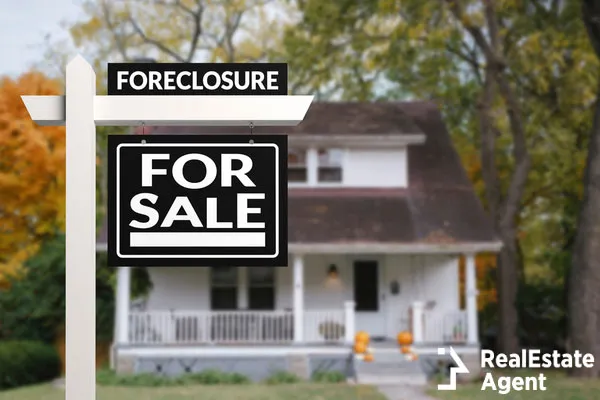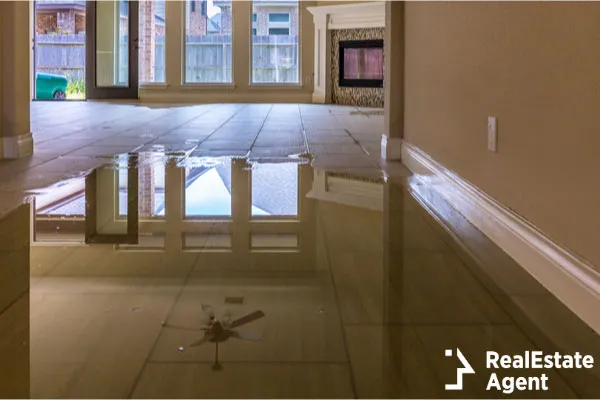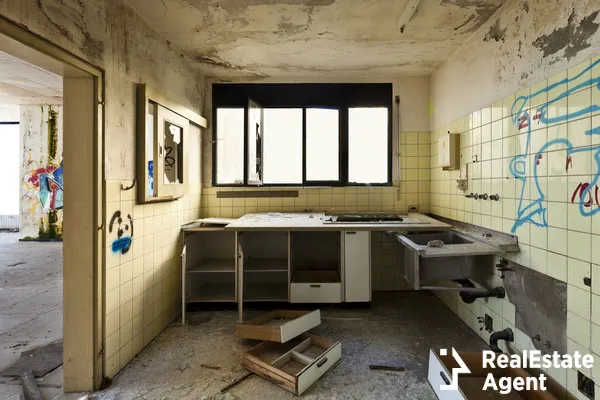
For a person who’s got an enterprising spirit, the world is full of money-making opportunities. From investment to entrepreneurship and good old-fashioned hard work, there is almost no set of circumstances that can keep a sharp-witted business man or woman down financially. Everyone gets knocked down from time to time; what’s important is how you go about the task of getting back up on your feet.
One of the many ways that a business-savvy individual can make a sizable chunk of cash is home flipping. By purchasing homes that have been foreclosed on, are in bad condition or are otherwise unsuitable for the real estate market and then working on them until they’re presentable enough to sell, house flippers make substantial amounts of money.
If you’re looking for a real estate-related hustle and you don’t have the people skills to be a landlord, then flipping houses might just be the thing for you! As we mentioned, it can be extremely lucrative! Of course, flipping houses often (if not always) involves repairing damaged and dysfunctional homes. So how does one go about this task? Read on to find out!
What’s the damage?
 Once you’ve bought a repossessed or otherwise out-of-shape home, you’re going to need to take a step back and assess the damage before you can proceed. Finding out what type of damage is present, what caused it and how extensive it is will be the first step towards making the home good as new once again.
Once you’ve bought a repossessed or otherwise out-of-shape home, you’re going to need to take a step back and assess the damage before you can proceed. Finding out what type of damage is present, what caused it and how extensive it is will be the first step towards making the home good as new once again.
This process might seem simple, but it can often turn out to be a lot more tedious and time consuming than you might think. You’ll have to get into the home’s crawlspace or basement, into its attic, and possibly even tear out some sheetrock or flooring. Proceed slowly and methodically, checking each room of the home from top to bottom.
An easier, less time consuming way to assess damages is by contacting an inspection firm such as those used by real estate brokerages. Find a real estate agent in your area and inquire as to which agency they use for third party inspections. Chances are they’ll be more than happy to help, and their recommendation will come field tested!
While skipping this step might seem like a great way to cut down on the time spent renovating the home you’re going to flip, this is a terrible, terrible idea. By doing this, you set yourself up for consequences that can range from unhappy buyers to lawsuits and more. If you want to avoid this, either inspect the home yourself or have it inspected by a professional!
Different types of damage
Now that you know what the inspection process looks like from the seller's perspective, you’re going to need to know some of the basic damage types you can expect to see in a home that’s been repossessed. This damage varies substantially in terms of its effect on the proprietors of the home and/or its residents, but it’s generally a good idea to repair all of it before selling the home if possible. So what type of damage can you expect to see in a repossessed home?
Water damage

This type of damage is often visible in older homes that haven’t been maintained well. This damage often occurs in rented homes or homes that remain unoccupied for most of the year, such as a vacation home. Telltale signs of water damage include weakened flooring (floor sags under weight), brownish-yellow stains and deformed wood or drywall.
The first step to repairing water damage is finding the source and repairing it. There are a plethora of causes for water damage, but the most common are faulty fittings or pipes in the home’s plumbing, aging roofing or leaky weather seal on windows and doors. Fixing these problems is usually not particularly difficult, but repairing the water damage often is.
Repairs required to fix water damage depend primarily on how extensive the issue is, and how long it was left unaddressed. If the damage is relatively minor, you may get away with simply repairing the walls or installing new flooring. For more severe cases, you may need to replace structural or cosmetic aspects of the home entirely.
Weather damage
A lack of regular maintenance can do a number on the inside of a home, but it can also do quite a lot to damage the outside of the home as well. The elements aren’t kind to a home, and it takes meticulous care to keep the weather from leaving the place in severe need of repair. So what kind of repairs does weather damage typically merit?
Weather damage is responsible for many of the problems we’re used to seeing in older homes. Peeling, mildewed siding, rusted or leaking roofs, flooded basements and broken windows are all problems that can arise when a home isn’t maintained properly and repaired when damaged by the elements.
This type of damage is often the most expensive and time consuming to repair, sometimes requiring structural repairs and almost always requiring cosmetic repairs. While many other issues can be addressed in a do-it-yourself fashion, we’d recommend hiring a professional to do tasks such as re-roofing or repairing the structure of the home.
Deliberate sabotage

While sabotage often seen in repossessed homes shares its name with a great Beastie Boys tune, it has none of the heavy riffs and effortless punk aesthetic . The only thing this kind of sabotage can lay claim to is being a royal headache for buyers of repossessed homes! Unfortunately, this is one of the most common types of damage you’ll come across.
Deliberate sabotage usually occurs when angry tenants or residents, when informed that they’re about to be evicted, decide to leave a parting reminder of their displeasure. How extensive the damage is usually depends on how malicious the residents were, and to what extent they were willing to go in order to inconvenience the next owners.
What repairs are necessary will depend entirely on the damage left by the previous residents. Broken windows are common, as are damaged drywall and furniture. These can sometimes be repaired, but must usually be replaced. Sometimes the unhappy soon-to-be evictees will resort to measures such as pouring motor oil on carpets or damaging plumbing fixtures such as toilets or showers. Address this damage accordingly with replacements!
Property and grounds damage
Up until this point, we’ve only discussed repairs that will be performed on the home itself, not the property the home sits on. It’s crucial to keep this type of damage in mind when repairing a home to resell, as it has a huge impact on the attractiveness of a repossessed listing. It doesn’t matter how great the home looks if the grounds are in deplorable condition!
Property and grounds damage is rarely the result of malicious intent, but rather negligence and a lack of maintenance. You’ll often see repossessed homes with overgrown lawns, outbuildings that look like they’re about to collapse and driveways and walkways that are in desperate need of a cleaning and edging.
If you’re going to sell the home for top dollar, you’re going to want to get the lawn and outbuildings looking pristine. Most of this work can be done by you, with nothing more than a lawn mower, trimmer and some basic hand tools. For driveways and walkways, you can even rent a power washer to give them that “just installed” look and feel.
Conclusion
As anyone who’s ever flipped a home can attest, the process can be time consuming and tedious. It’s not easy turning a run-down, heavily damaged house into a place that people will bid on in an auction! The damage may look insurmountable, but with time there’s almost nothing that you can’t repair or replace.
This isn’t to say that will be easy; it’s hard, hard work, without a doubt! You may need to hire a professional for some parts of the process, but if you’ve done your research the total costs of the purchase and renovation should be minimal enough to allow you to turn a process once you sell the home. Once you flip your first house, you might just make this a full-time job!
Did you enjoy this article? Want to ask a question, or leave some feedback? Drop us a comment in the comments section below, and we’ll do our best to respond to you as soon as we can. Our readers are immensely important to us, so getting back to you as promptly as possible is our top priority. That’s the RealEstateAgent.com guarantee!
















Have a question or comment?
We're here to help.